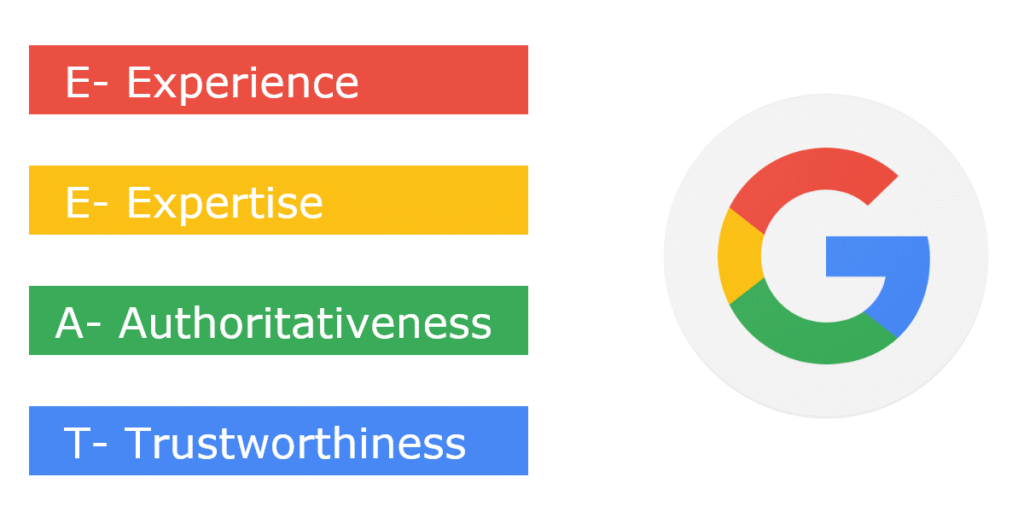
The SEO industry is once again facing a major shift. As Google moves deeper into AI-powered search, many marketers are wondering: Is traditional SEO dead?
The truth is SEO isn’t dying. It’s evolving. What used to work five years ago doesn’t necessarily work today, and what works today might not be effective tomorrow. To survive and grow in this Traditional SEO AI-Driven Search environment, we need to understand how Google’s approach to search is changing and how we can adapt to it.
What Does “Traditional SEO” Mean?

When people refer to “Traditional SEO AI-Driven Search,” they usually mean the old tactics that used to dominate search rankings, such as:
- Keyword density and exact-match targeting
- Relying heavily on backlinks without quality consideration
- Optimizing metadata with repetitive keywords
- Publishing multiple thin pages targeting similar terms
- Manipulative link exchanges or directory submissions
Those methods once worked because Google’s algorithms were keyword-centric and rule-based. But with AI models like BERT, MUM, and Gemini, search has become context-based and intent-driven.
Now, Google’s AI doesn’t just read your content — it understands Traditional SEO AI-Driven Search.
How AI Is Transforming Google Search
Google’s integration of AI into its search algorithms marks a massive leap forward. Here’s how:
1. Smarter Understanding of Intent
AI models like BERT and MUM help Google interpret user intent more naturally. Instead of matching keywords, they interpret meaning and context. That means keyword stuffing is obsolete; content that genuinely answers user queries wins.
2. Generative Search Experience (SGE)
Google’s new AI-generated overviews summarize content directly in search results. This means users may get their answers without clicking — changing the way organic visibility works. Now, the goal is to be the source that AI quotes or references.
3. Contextual Relevance Over Keyword Match
AI weighs semantic relationships — not just keyword repetition. It connects related ideas, synonyms, and subtopics. That’s why topic clusters and semantic optimization outperform narrow keyword pages.
4. AI-Enhanced Ranking Signals
Google’s AI ranking systems measure deeper engagement signals — like dwell time, interaction rate, and content coherence — not just links and tags.
5. Focus on E-E-A-T (Experience, Expertise, Authority, Trust)
AI can now assess brand or author reputation, citations, and even writing tone. Google wants verified, credible, and human-authored content, especially in YMYL (Your Money, Your Life) niches.
Why Traditional SEO Is Losing Ground
Here’s what’s falling behind in the AI era:
- Keyword Stuffing → Google ignores or penalizes it.
- Thin Content → Lacks depth, gets replaced by informative content.
- Low-Quality Backlinks → AI can detect spammy link networks.
- Exact Match Anchor Text → Now appears manipulative.
- Content Volume Over Value → Quantity no longer beats quality.
The algorithms are now designed to evaluate real usefulness. The content that helps users not just ranks for keywords – wins.
How to Adapt: The New SEO Playbook for the AI Era
If traditional SEO is losing its edge, what’s next? Let’s explore the modern playbook that actually works in the age of AI-driven search.
1. Build Topic Clusters, Not Just Pages
Stop chasing single keywords. Instead, build topic clusters one central pillar page supported by multiple detailed articles.
For example, if your site covers “website performance,” your cluster could include:
- Core Web Vitals explained
- How caching improves speed
- Tools to monitor site performance
- Common performance mistakes
Each of these links to the main pillar, reinforcing your site’s authority on the subject.
2. Prioritize Human-First Writing
Google’s AI systems reward natural, human-sounding content. That means:
- Write in a conversational tone.
- Use real examples and case studies.
- Avoid keyword repetition — use variations naturally.
- Include comparisons, data, and unique insights.
Your content should feel authentic, not robotic.
3. Strengthen E-E-A-T and Brand Trust

Modern SEO relies heavily on trust signals:
- Add author bios with credentials.
- Link to credible external sources.
- Include testimonials, reviews, and case studies.
- Maintain consistent branding across all channels.
Google rewards authenticity and penalizes anonymity.
4. Optimize for Featured Snippets and AI Summaries
Because AI overviews are now part of search results, your goal is to be featured or cited.
To increase your chances:
- Use FAQ sections with structured schema.
- Add short summaries at the start of sections.
- Answer “how,” “what,” and “why” questions clearly.
- Use ordered or bullet lists when explaining processes.
The easier it is for AI to parse your content, the more likely it will reference you.
5. Diversify Content Formats
Modern SEO goes beyond text. AI understands and rewards engagement-rich content:
- Add images, infographics, and videos.
- Include transcripts for video or audio.
- Use interactive tools (calculators, forms, etc.) where possible.
Diverse formats signal quality, improving dwell time and user satisfaction.
6. Optimize for Speed and User Experience
Technical SEO isn’t dead – it’s more important than ever.
Focus on:
- Core Web Vitals (LCP, CLS, INP).
- Mobile optimization.
- Lazy loading and code splitting.
- Compressed images and CDN delivery.
A fast, friction-free experience reduces bounce rate and improves engagement signals both crucial in AI ranking systems.
7. Use AI – but Don’t Rely on It
AI tools can help you brainstorm ideas, generate outlines, or analyze data — but avoid publishing raw AI-generated text.
Instead:
- Use AI to assist, not replace, human creativity.
- Add your expertise, tone, and perspective to every piece.
- Review and fact-check before publishing.
Google’s systems can detect overly generic, pattern-based AI text and they don’t reward it.
8. Measure Engagement, Not Just Traffic
Modern SEO metrics are evolving. Rankings and clicks still matter, but engagement tells the full story.
Track:
- Time on page
- Scroll depth
- Return visitors
- Conversion or interaction events
These metrics reveal how helpful users find your content the exact signal AI models track.
9. Keep Updating and Refreshing Content
AI models love fresh information. Outdated pages can lose visibility even if they once ranked well.
Regularly:
- Add new statistics and references.
- Expand sections with new insights.
- Update visuals and screenshots.
- Improve structure for readability.
Freshness = relevancy = visibility.
10. Build a Brand, Not Just a Website
AI-driven search rewards recognized entities. Your brand name, author names, and topical authority influence rankings.
Invest in:
- A consistent content voice
- Social visibility and PR mentions
- Partnerships and citations across authoritative sources
When Google sees your brand consistently associated with valuable content, it’s more likely to rank you higher.
Common Mistakes to Avoid
Even in 2025, many websites still fall for outdated tactics. Avoid these traps:
- Over-optimizing meta tags
- Publishing AI-generated filler content
- Buying backlinks or PBN links
- Ignoring schema markup
- Using slow shared hosting or heavy plugins
Each of these can sabotage your visibility in the AI era.
How Google’s AI Sees the Future of SEO
As Google evolves its Search Generative Experience (SGE) and Gemini AI, it’s clear that content ranking is shifting from a static system to a dynamic trust ecosystem.
Here’s what the future might hold:
- Personalized results based on user history and AI predictions
- Contextual content recommendations beyond traditional SERPs
- Voice and visual search becoming more dominant
- Deeper integration between web, mobile, and app search
SEO will be less about “gaming” algorithms and more about building genuine value ecosystems.
Conclusion: SEO( Traditional SEO AI-Driven Search ) Isn’t Dead — It’s Smarter
So, is traditional SEO dead?
Yes the old playbook of keyword stuffing and backlink chasing is gone.
But SEO as a discipline is more alive than ever. It’s evolving into a more human, value-driven, and AI-enhanced craft. Success now depends on creating authentic, trustworthy, and deeply useful content that both humans and AI can trust.
If you stay adaptable, experiment with AI tools ethically, and prioritize value over volume, you’ll not just survive you’ll lead in this new AI-driven search era.
Want to improve your website visibility in the AI era?
Let’s create an SEO-optimized website that’s built for speed, trust, and performance. Contact us today to discuss how we can future-proof your online presence.
